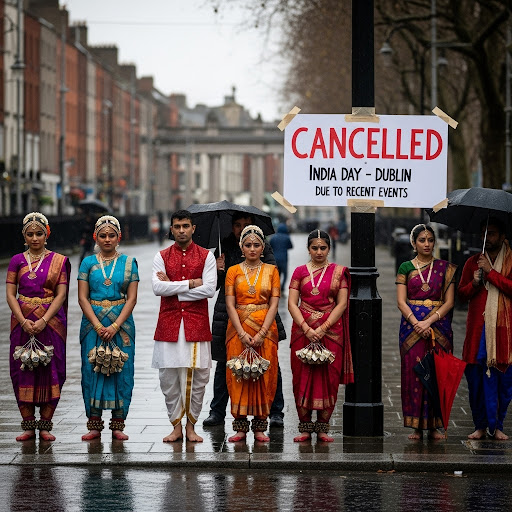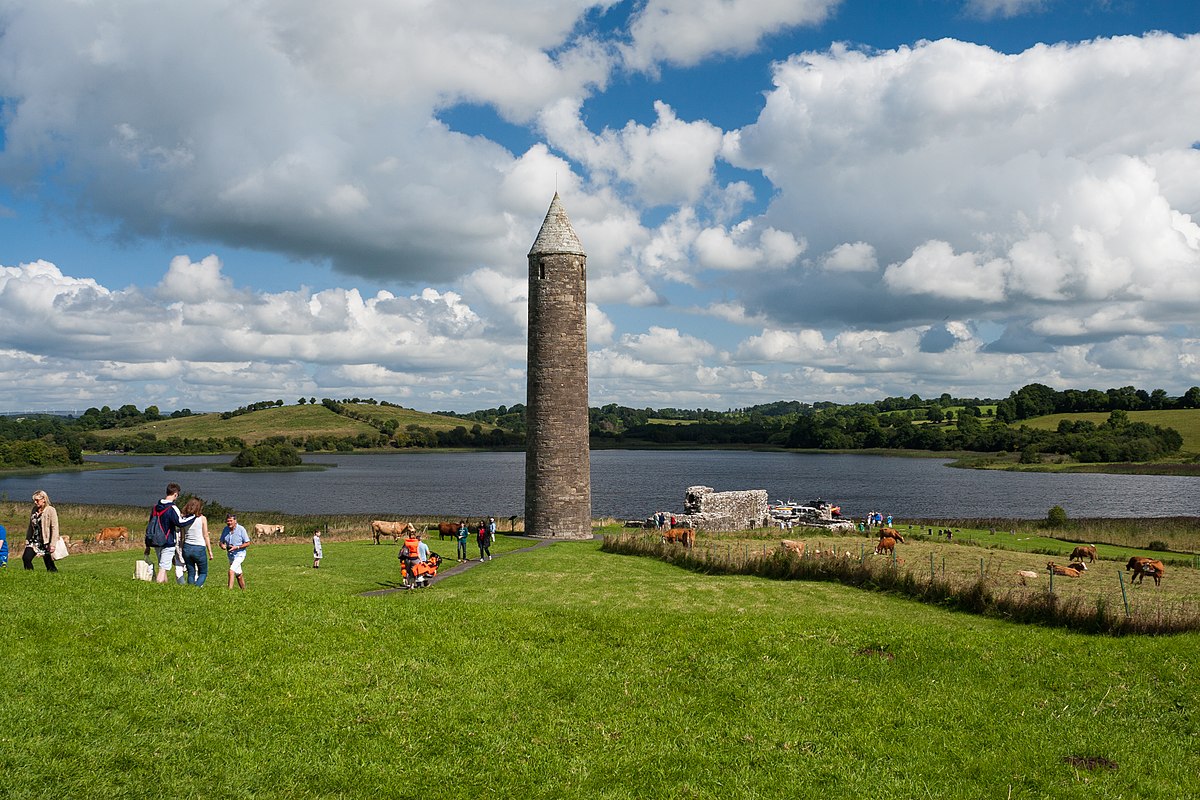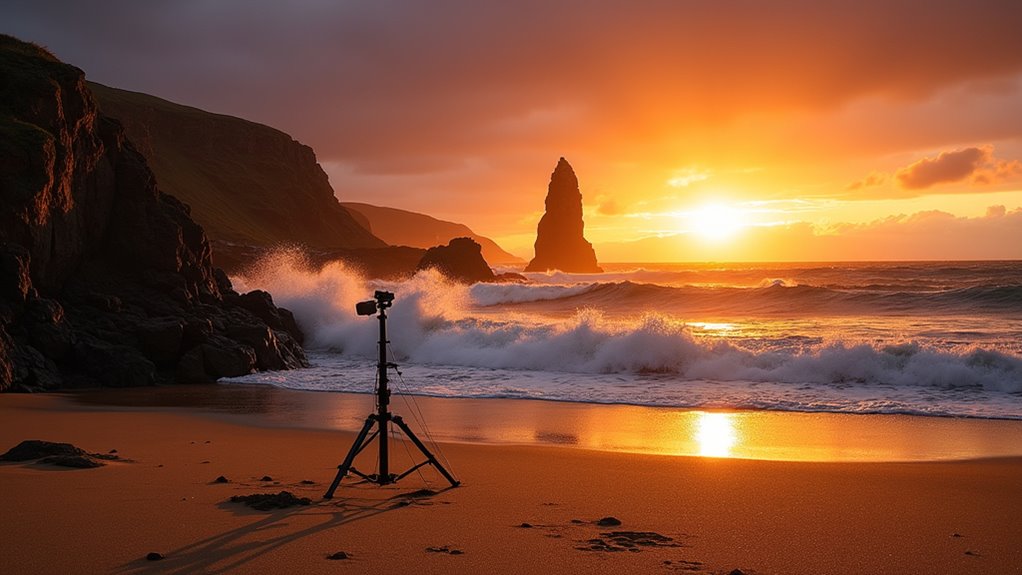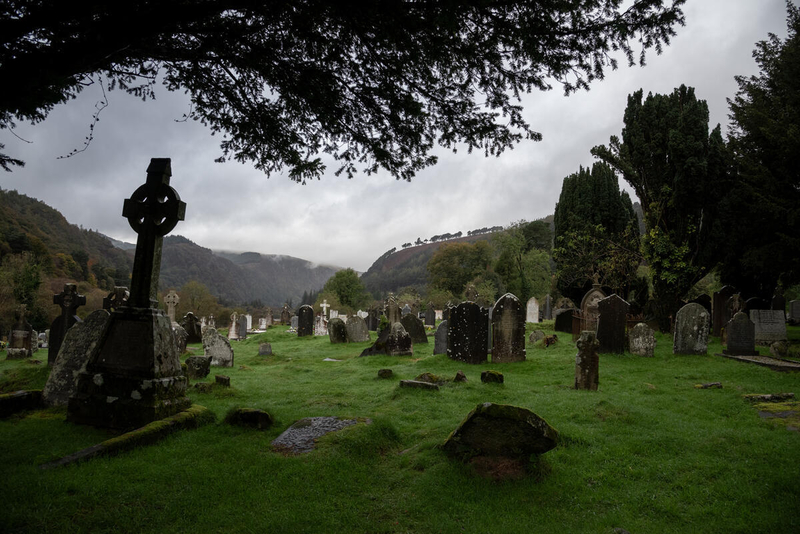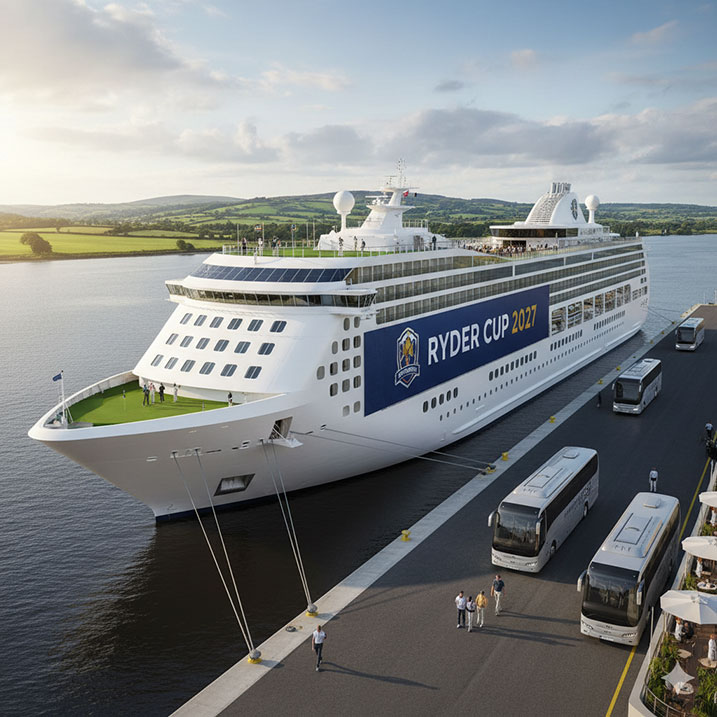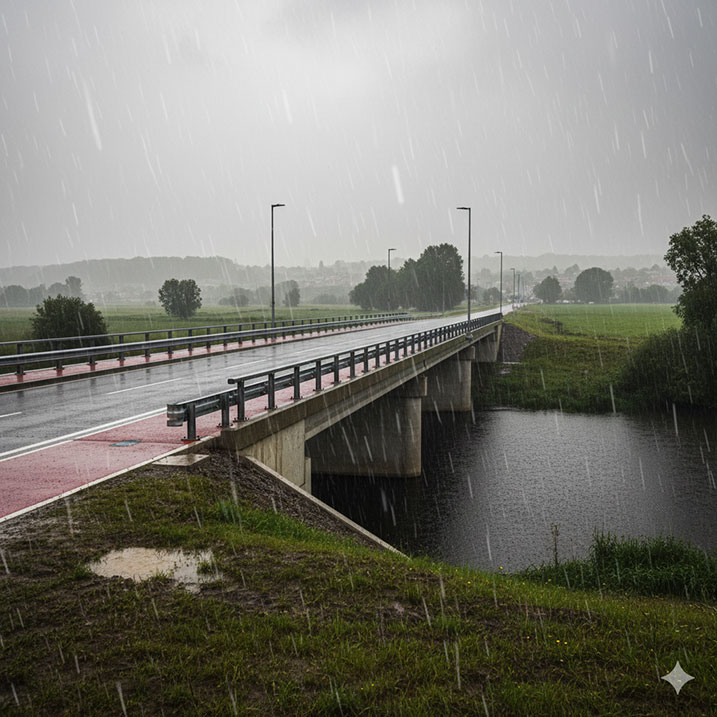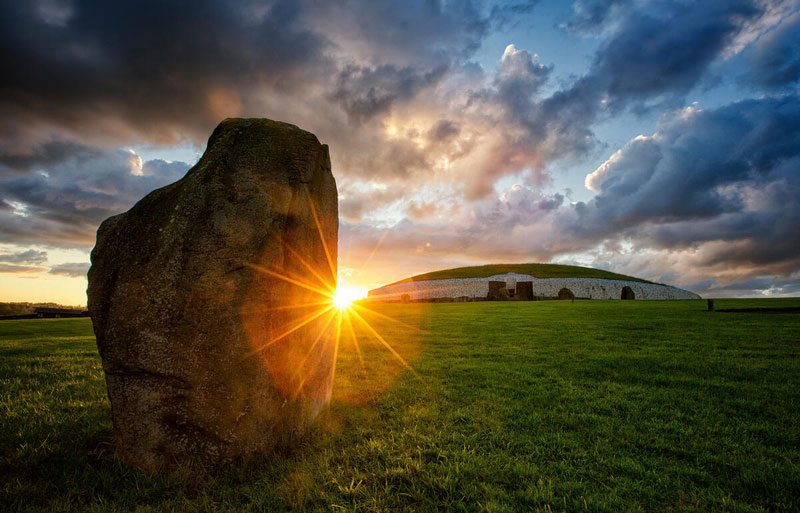While Ireland’s rugged western coastline has long beckoned road-trippers to navigate its dramatic curves and clifftop vistas, a new bus route is quietly revolutionizing how travelers experience the Wild Atlantic Way, no steering wheel required.
Route 351, operated by TFI Local Link Limerick Clare, now connects Galway City to Doolin Pier and the Cliffs of Moher with up to five daily departures. Four of these buses trace the full scenic route, meandering through coastal villages like Kinvara and Ballyvaughan, places that previously demanded either a rental car or the kind of hitchhiking confidence that went out of fashion with bell-bottoms.
Five daily buses now connect Galway to the Cliffs of Moher—no rental car required.
The integration with Bus Éireann’s Route 350 creates something almost unthinkable in rural Ireland: a functioning public transport network that actually takes you where tourists want to go.
The timing couldn’t be better. As sustainable travel shifts from eco-warrior niche to mainstream expectation, this car-free option transforms what was once a logistical nightmare into something approaching elegance. Imagine this: stepping off the bus at Doolin Pier, salt air hitting your face, and walking straight onto a ferry bound for the Aran Islands without once fumbling for car keys or squinting at GPS directions through rain-splattered windshields.
The ferry schedules now sync with bus arrivals, a small miracle of coordination that makes the whole enterprise feel almost European in its efficiency.
The route showcases the Burren’s lunar landscape, where limestone pavements stretch toward the Atlantic like nature’s own minimalist sculpture garden. These stones have witnessed centuries of travelers picking their way across the terrain, though admittedly most of them weren’t checking Instagram between photo ops. The Burren represents just one highlight of the Clare coast journey that traditionally forms Day 6 of the classic Wild Atlantic Way road trip from Doolin to Connemara.
Still, there’s something satisfying about experiencing this ancient landscape through a bus window, letting someone else navigate while you actually look at the scenery instead of white-knuckling it around another hairpin turn.
Tour operators have caught on, with companies like McKinlay Kidd packaging car-free holidays that string together Kinsale, Killarney, Ennis, and Galway from April through October. These aren’t your grandmother’s bus tours either—they blend guided experiences with enough free time to wander off and discover that perfect pub where locals still outnumber tourists (though those establishments grow rarer each season).
The real genius lies in the integration. Cyclists can hop on with their bikes, walkers can tackle segments without arranging complicated car shuttles, and even the most directionally challenged traveler can navigate from Galway’s cobbled streets to the edge of the Cliffs of Moher without once consulting a map. At €2.50 to €9 per journey with TFI Leap Card and Free Travel Pass accepted, it’s also gentler on the wallet than petrol prices that seem determined to reach astronomical heights.
For those seeking truly inclusive experiences, the initiative mirrors Northern Ireland’s commitment to accessibility with deaf tour guides now bringing the region’s stories to life through sign language.
It’s public transport doing what it should have been doing all along: making spectacular places accessible to everyone, not just those willing to brave left-side driving on roads barely wide enough for sheep.
This small revolution in regional connectivity might not make headlines, but it’s reshaping how Ireland’s wild edges welcome the world—one bus ride at a time.

